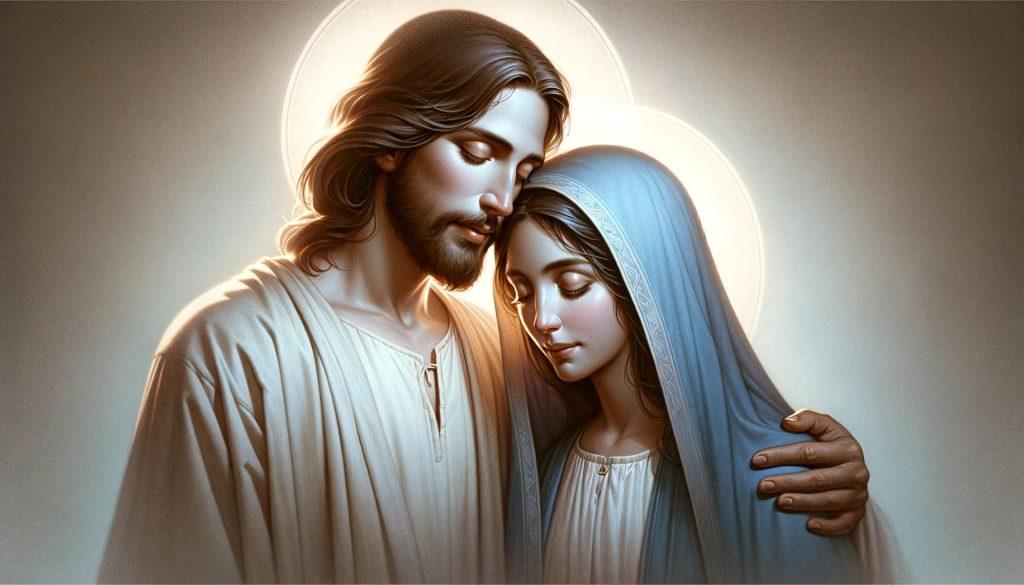The Catholic Church, through its teachings and actions, seeks to elevate the spiritual well-being of every individual, transcending societal barriers and class divisions. The focus is not on supporting the elite nor suppressing the poor, but rather on guiding all to understand their life’s purpose: to know, love, and serve God.
Love Thy God and Neighbor: A Biblical Mandate
Central to this mission is the emphasis on loving God wholeheartedly and extending this love to one’s neighbor. The Douay-Rheims Bible eloquently captures this in Matthew 22:37-39:
“Thou shalt love the Lord thy God with thy whole heart, and with thy whole soul, and with thy whole mind. This is the greatest and the first commandment. And the second is like to this: Thou shalt love thy neighbour as thyself.”
These profound words highlight the core of our faith – a deep, abiding relationship with God and a selfless love for others.
Condemning Injustice and Promoting Charity
In its stand against injustice and lack of charity, the Church firmly upholds that serving God is incompatible with indifference to the needs of others. This principle applies universally, regardless of one’s social status. The Scriptures provide clear guidance on this matter, as seen in 1 John 3:17:
“But he that hath the substance of this world, and shall see his brother in need, and shall shut up his bowels from him: how doth the charity of God abide in him?”
This passage underscores the Christian duty to offer compassion and help to those in need, reinforcing the Church’s view that acts of charity and justice are vital for the salvation of souls.
Beyond Temporal Matters: A Higher Calling
In essence, the Church’s mission transcends worldly concerns, directing everyone towards a deeper communion with God and an active commitment to loving and serving both God and neighbor. While temporal issues are acknowledged, the Church firmly maintains that justice, charity, and devotion to God should be the foremost priorities, aligning with the teachings of the Douay-Rheims Bible.
In this spiritual journey, the Catholic Church stands as a beacon, guiding individuals towards the fulfillment of their divine purpose, irrespective of their place in the worldly hierarchy.
🙏 PayPal Donation Appreciated
The Case for Catholicism - Answers to Classic and Contemporary Protestant Objections
Disclaimer: As an Amazon Associate, I earn from qualifying purchases. Thank you.
